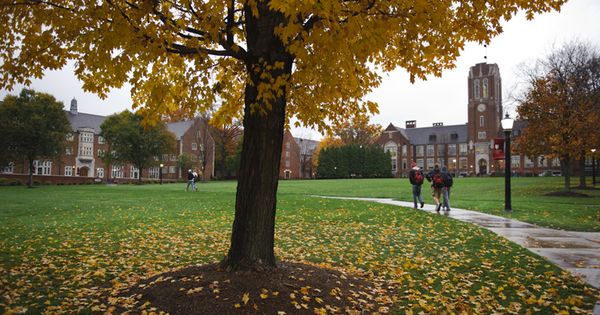Inside Peek at an Education Degree

The Education Department at Grove City College is made up of a well-known, highly regarded program that provides the education students with the best experience they can get. From its highly qualified professors, to the extensive out of classroom work that the students are required to do, each student is sure to graduate with enough preparation to head into a […]
Read more


